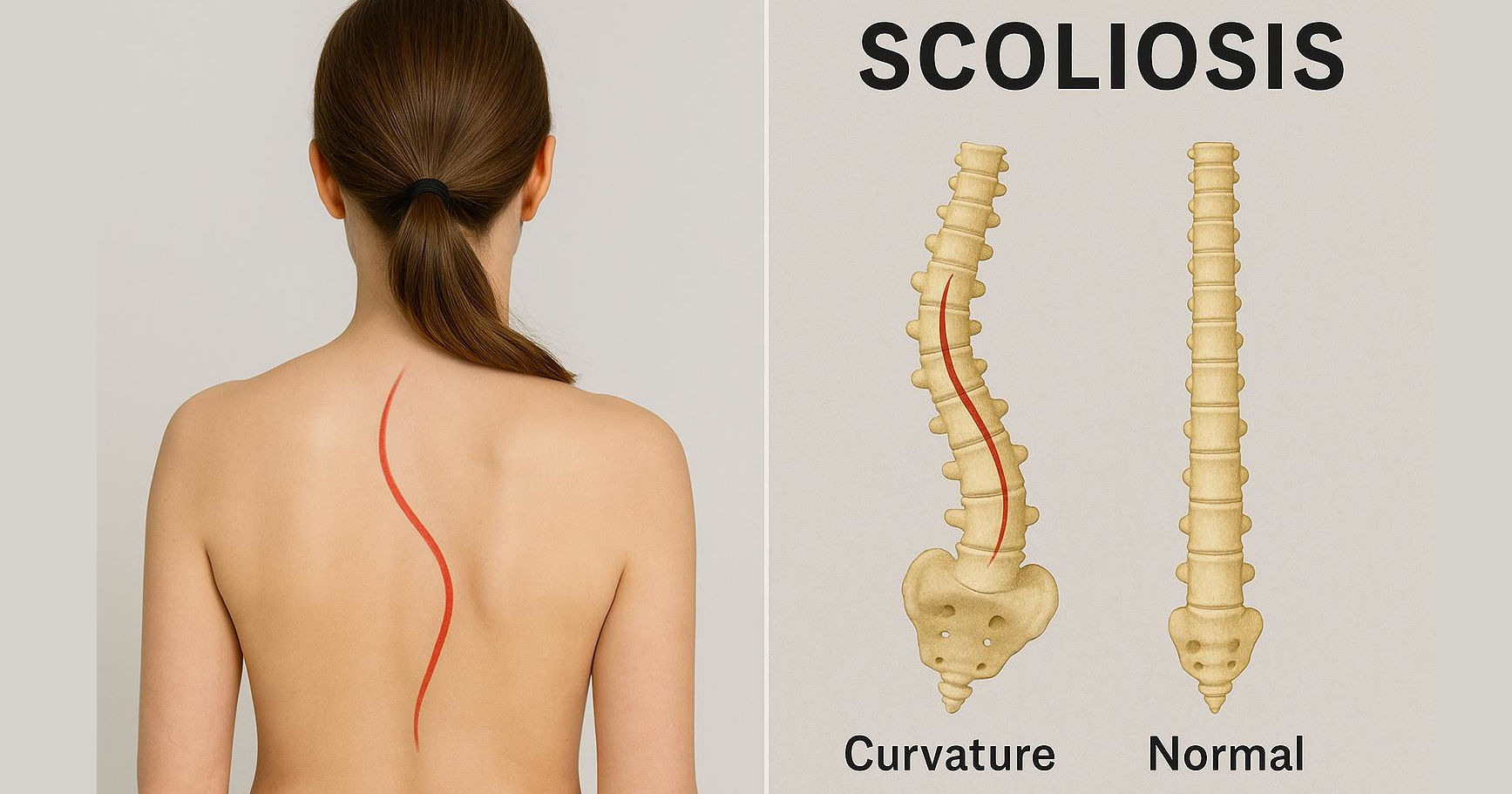
Understanding Shockwave Therapy
Shockwave therapy, also known as extracorporeal shock wave therapy (ESWT), is a non-invasive treatment method that utilizes acoustic waves to promote healing and reduce pain in various musculoskeletal conditions. The mechanism behind this therapy involves the delivery of high-energy sound waves to targeted areas of the body. These sound waves create micro-traumas in the tissue, which stimulates the body’s natural healing processes, increases blood flow, and encourages cellular regeneration.
Shockwave therapy can enhance mobility and function by breaking down scar tissue and promoting tissue repair. It is considered a safe alternative to surgical interventions for individuals seeking non-surgical options for their injuries or chronic pain issues.
Traditional Pain Management Techniques: An Overview
Traditional pain management techniques encompass a variety of methods that have been used for centuries to alleviate discomfort and improve quality of life. Here’s an overview of some commonly employed techniques:
- Medications: This includes over-the-counter pain relievers like acetaminophen and ibuprofen, as well as prescription medications such as opioids for more severe pain.
- Physical Therapy: Tailored exercises and stretches guided by a physical therapist can help strengthen muscles, improve mobility, and reduce pain.
- Acupuncture: An ancient Chinese practice involving the insertion of thin needles into specific points on the body to promote healing and relieve pain.
- Chiropractic Care: Focused on diagnosing and treating musculoskeletal disorders, chiropractic adjustments can help alleviate back pain, neck pain, and headaches.
- Massage Therapy: Therapeutic massage involves manipulating soft tissues to relieve tension, improve circulation, and reduce pain levels.
- Heat and Cold Therapy: Applying heat packs or cold compresses can provide immediate relief by reducing inflammation or relaxing tight muscles.
- Mind-Body Techniques: Practices such as meditation, yoga, or deep-breathing exercises can enhance relaxation and decrease the perception of pain through mental focus.
Understanding these traditional techniques offers valuable insights into holistic approaches to managing pain effectively while considering individual preferences and needs.
Effectiveness of Shockwave Therapy Compared to Conventional Methods
Shockwave therapy has emerged as a promising alternative to conventional pain relief methods, particularly for musculoskeletal conditions. When examining the effectiveness of shockwave therapy, numerous efficacy studies highlight its ability to provide significant pain relief and improve patient outcomes.
In comparing pain relief methods, traditional approaches such as medications and physical therapy often focus on symptom management rather than addressing the underlying issues. In contrast, shockwave therapy utilizes acoustic waves to stimulate healing processes in tissues, potentially leading to more sustainable results.
Research indicates that patients undergoing shockwave therapy report notable improvements in pain levels and functional mobility compared to those receiving traditional treatments. The non-invasive nature of this technique also appeals to many patients who seek effective solutions without the risks associated with surgery or long-term medication use.
Overall, while both shockwave therapy and conventional methods have their merits, emerging data suggests that shockwave therapy may offer superior efficacy in certain cases, making it a valuable option for individuals seeking lasting relief from chronic pain.
Candidates for Shockwave Therapy vs. Other Pain Management Options
Candidates for shockwave therapy typically include those with chronic pain conditions such as plantar fasciitis, tendinitis, or calcific shoulder issues. The effectiveness of this treatment can depend on the specific diagnosis and the duration of the symptoms.
It's essential for patients to discuss their individual circumstances with a healthcare professional who can guide them through the decision-making process. In some cases, traditional methods like physical therapy or medication may be more appropriate before considering shockwave therapy. Ultimately, the goal is to find the most effective approach tailored to each patient's needs while ensuring safety and optimal outcomes in managing chronic pain.



Dr. Scoppa
Dr. David Scoppa holds a bachelor of science degree in the biological sciences from Susquehanna University in Selinsgrove, PA where he published his first journal article in 1996. He worked as an associate scientist in pharmacokinetics for both Dupont Pharmaceuticals and Bristol-Myers Squibb. In 2006, he earned a Doctorate of Chiropractic Medicine from Palmer Chiropractic College Florida.